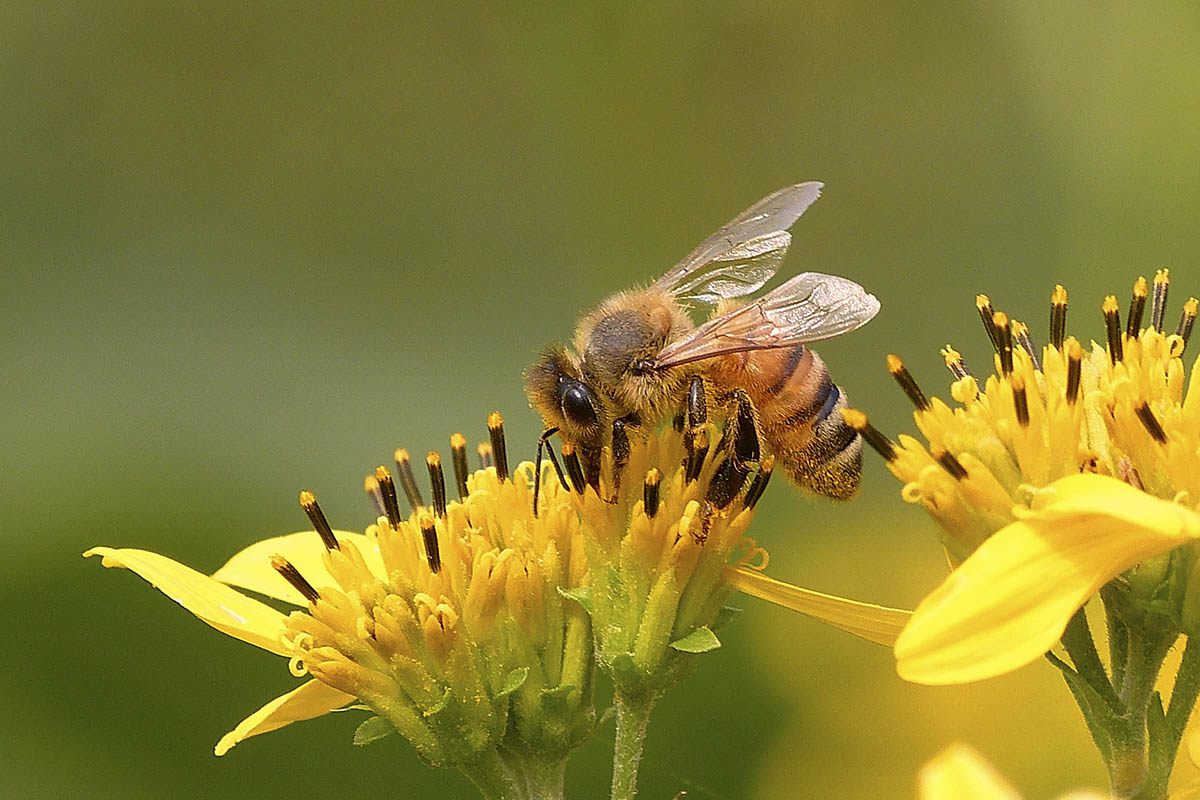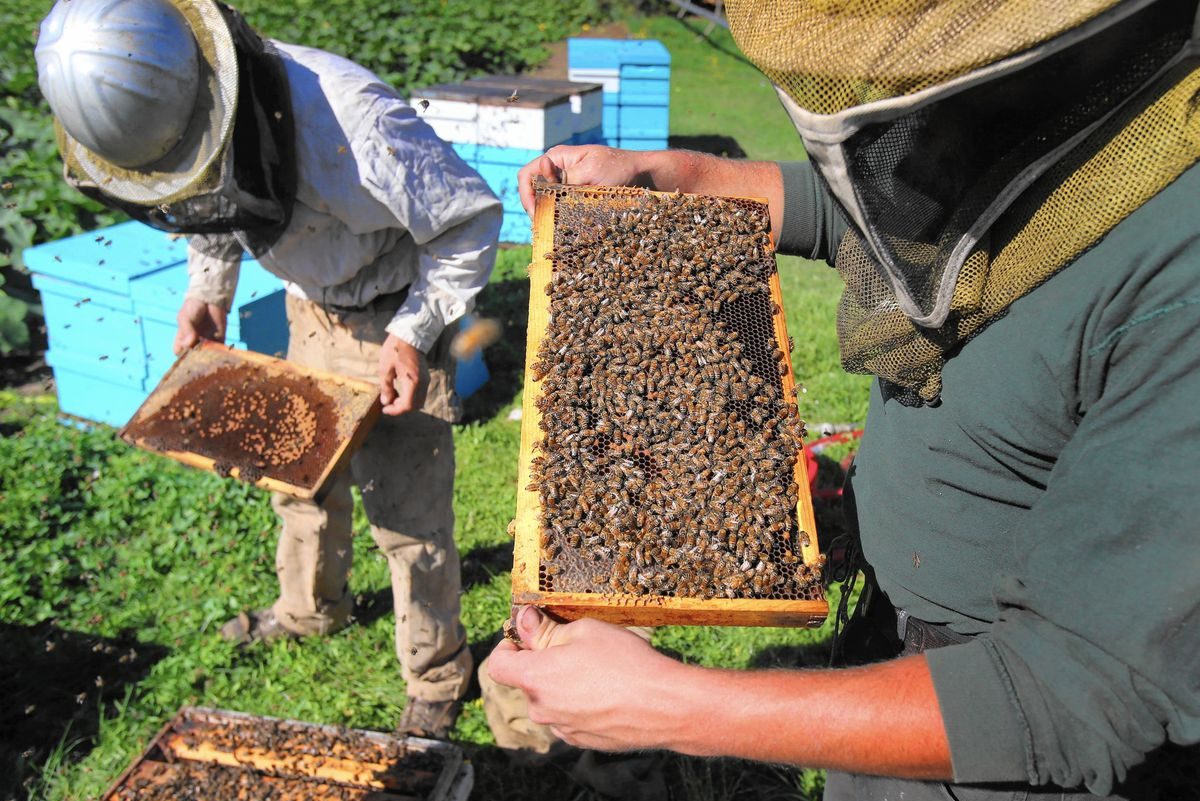Canadian Parks & Trees Protection took steps to help protect pollination agents from unlawfully registered pesticides, commonly referred to as neonicotinoids. These neonicotinoids or neonics are simply a class of systematic insecticides that are found in all tissues of treated plants. Scientific studies have shown the extensive harm that these insecticides cause on ecological beneficiaries.
In modern agriculture, neonics are used to prevent certain insects from destroying crops. However, further findings show that these pesticides can result in a honey-bee colony collapse disorder (CCD).
The disorder is found in bees and is responsible for pollinating one-third of the world’s crops and 90% of wild plants. This implies that most of the world’s plants may die, reducing human survival rates.
In August 2018, the Pest Management Regulatory Agency (PMRA) presented two types of neonics; Thiamethoxam and clothianidin. Even though they knew the effects that Thiamethoxam poses to the environment, the PMRA still extended the pesticide’s registrations to December 2020. As a result, Canadian Parks & Trees Protection decided to file a lawsuit against PMRA’s actions.
However, in April 2019, the court declined the lawsuit and did not consider PMRA’s acts. Canadian Parks & Trees Protection was concerned by the PMRA’s ignorant actions, without considering the risks. When the organization did not consider that Thiamethoxam could affect pollinators, we decided to take legal action against them.
However, with the court’s final decision, there was nothing that we could do apart from asking the PMRA to consider the dangers of the pesticide.





